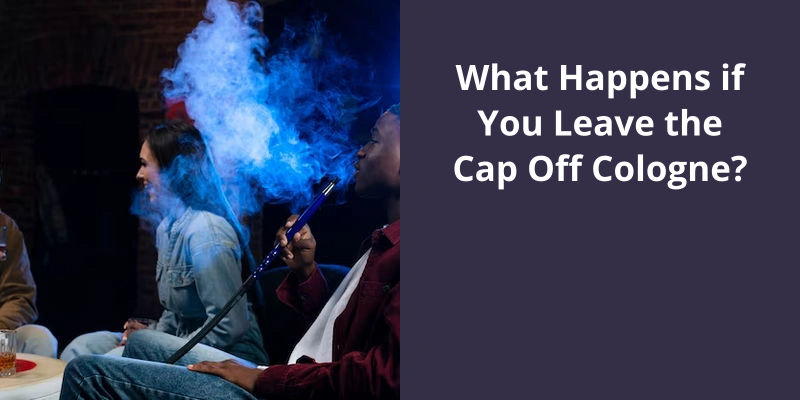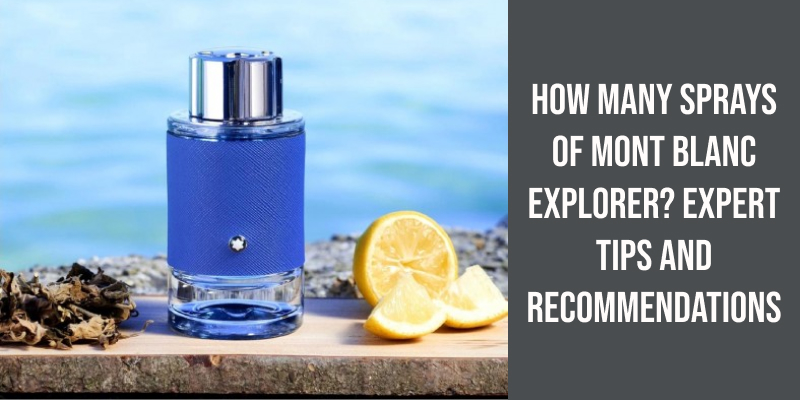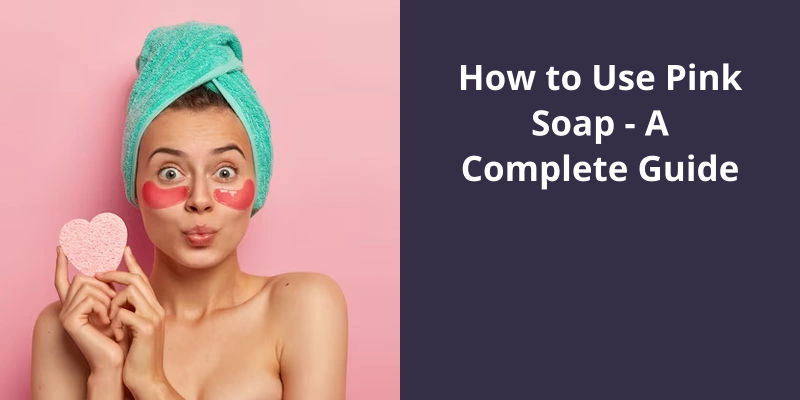Yes, DPG (Dipropylene Glycol) can be used in candles. Primarily, it is a common additive in making candles due to its ability to dilute and carry fragrances. In fact, when DPG is added to candles, it can help the scent to disperse more evenly in the wax providing a more aromatic candle. It is a colorless, odorless liquid that is typically non-toxic, it doesn’t irritate the skin, and it’s not readily evaporated, making it suitable for use in candle making. However, like with all candle materials, DPG should be handled responsibly to ensure safety.

What Is the Benefit of DPG in Perfume?
This means that DPG allows for the fragrance to be more potent and long-lasting, as it serves as a neutral base with which the scent molecules can bind and distribute evenly.
This is important for perfumes that have a high concentration of essential oils, as those fragrances are more likely to degrade over time due to exposure to light, air, or heat.
When applied, DPG helps to lock in moisture and provides a protective barrier, which helps to prevent dryness and irritation. This is especially important for those with sensitive skin or allergies, as it can help reduce the likelihood of adverse reactions or discomfort.
As a result, it’s no surprise that this versatile ingredient has become a staple in the perfume industry, helping to create some of the worlds most beloved fragrances.
DPG oil, also known as Dipropylene Glycol LO+, is a specialized product that’s many applications in the fragrance and cosmetic industry. It’s a high-purity material that’s practically odorless, water-soluble, and hygroscopic, making it ideal for use in odor-sensitive applications. But what exactly is DPG oil and how is it produced? Let’s take a closer look.
What Is DPG Oil?
DPG oil is part of a group of chemicals known as glycols, which are commonly used in a variety of industries due to their solubility, low toxicity and lack of reactivity. Dipropylene glycol in particular is used as a solvent, a wetting agent, and a humectant, which helps prevent moisture loss. It’s also used as a component in the manufacture of resins, inks, and other synthetic materials.
The DPG LO+ variant is specifically designed for applications where odor is a concern, such as fragrances and cosmetics. Since it’s virtually odorless, it won’t interfere with the scent of the product. Additionally, due to it’s high purity, it’s less likely to cause irritation or other adverse reactions in sensitive individuals, making it a preferred choice for many cosmetic formulations.
DPG oil has a number of advantages over other solvents and emulsifiers commonly used in the fragrance and cosmetics industry. For one, it’s very stable and has a long shelf life. This means that it can be stored for long periods without degrading or losing efficacy. It’s also very versatile, and can be used in a wide range of applications, from perfumes and colognes to lotions and hair care products.
This means that it can enhance the solubility of other ingredients in a formulation, increasing their effectiveness and improving overall product performance. This can be especially beneficial for fragrances, which often have complex compositions that require careful blending of multiple components.
With it’s high purity, stability, and low odor, it’s well-suited for a variety of applications where performance and safety are top priorities.
Conclusion
In conclusion, Dipropylene glycol may not be a suitable option for candle-making due to it’s tendency to separate from the base. However, this doesn’t diminish the importance of understanding the chemistry of different solvents and their properties in candle-making. As candle-making continues to evolve and develop, it’s crucial to harness the power of various solvents to create the perfect scent, texture, and experience for consumers. A deep understanding of the chemistry behind each ingredient will continue to drive innovation and lead to exciting advancements in the field of candle-making.





